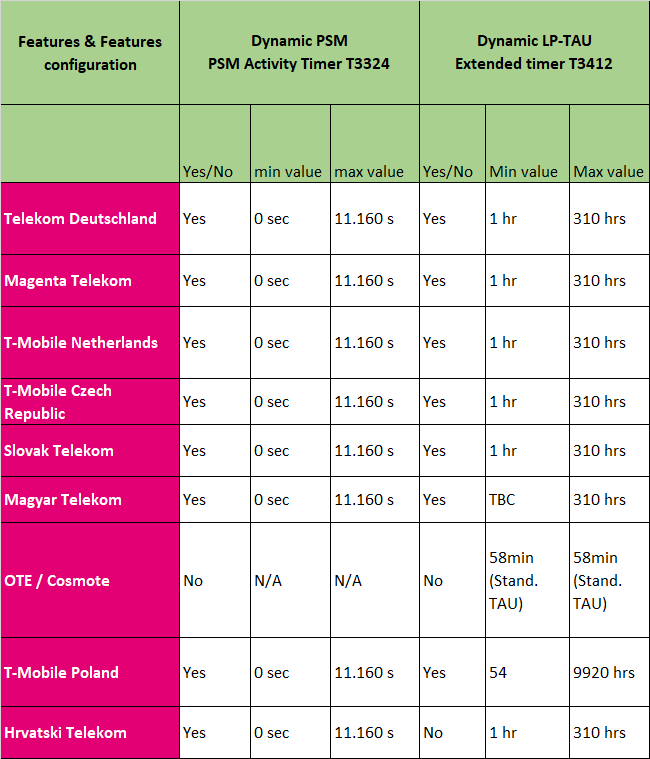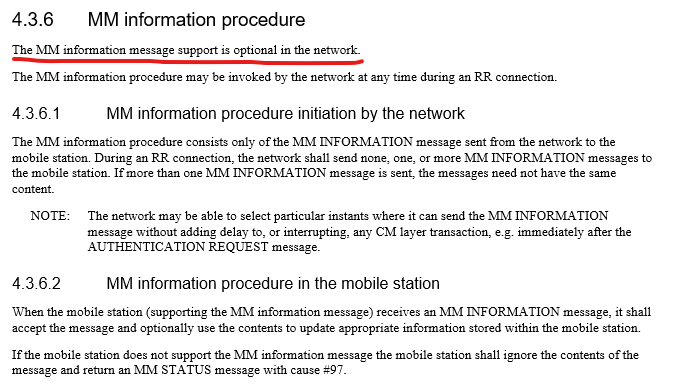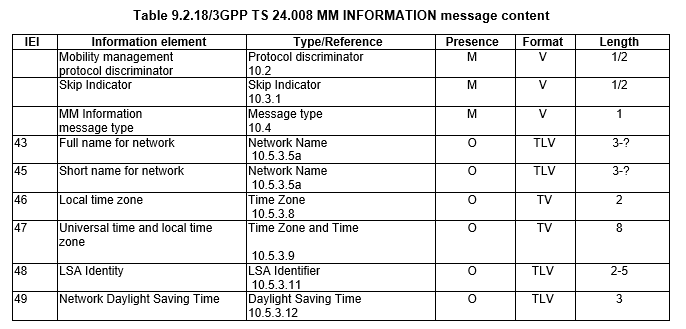Hi @magnatron ,
There is no general answer to your question, I’m afraid, as both options (automatic and manual network selection) come with benefits and drawbacks that will strongly vary depending on your use case scenario.
In principle, going for an automatic network selection is the safest way to go, as it allows the module to find and attach to any available network according to predefined and standardized rules set in your module and SIM-card (network availability obviously also implies a roaming agreement between your Operator and the Operator of the visited network!).
The main drawback in this case is the time and energy it takes for the device to attach for the very first time, as it usually needs more time to scan all bands and identify all available networks before picking up the most appropriate one (based on the aforementioned rules).
Depending on the region where your solution is deployed, you may however shorten this scan period by only configuring those bands that are relevant for that region, for instance Bands 3, 8 and 20 for most European countries (or even Bands 8 and 20 only for NB-IoT).
Furthermore, note that the device module will usually remember which network it connected to last (the so-called “last registered PLMN network”) and try to re-attach to the same network, hence avoiding the initial long band scan. As a result, there will mostly be no significant drawback for subsequent attaches if your device is stationary or roaming within one single country.
Things however can get more complicated if your device is battery-powered and moving between multiple countries/regions as a band scan will need to be initiated each time the device is leaving the coverage of the last registered network.
In this case, a programmatic approach based on selective manual scans and network selections might provide better results in terms of energy consumption and communication latency, however be aware that such an approach requires a very careful and thorough implementation as the tiniest programmatic failure may lead to the device not being able to attach at all to any network.
I hope this can help you in some ways! @others, please feel free to comment or provide additional advice!
Kind regards, Ronan






